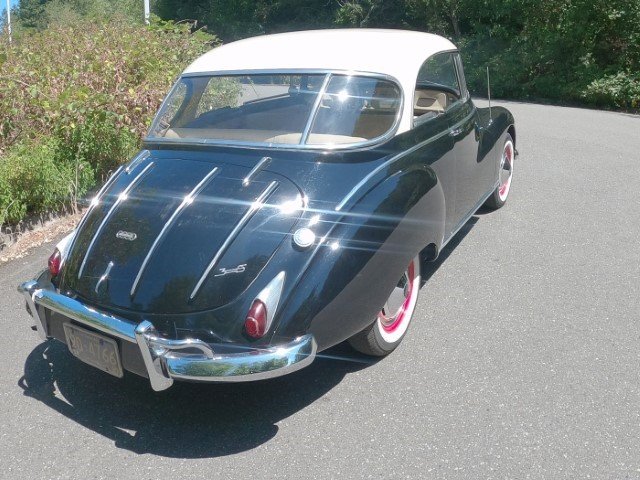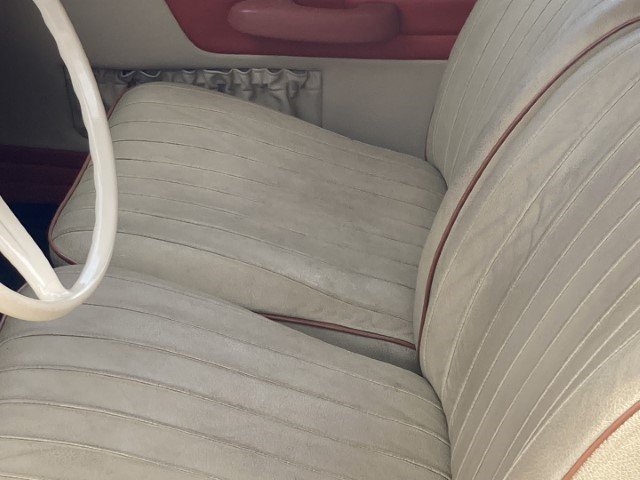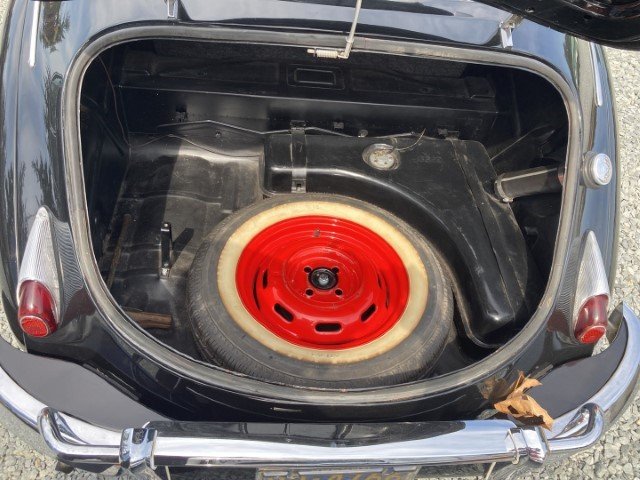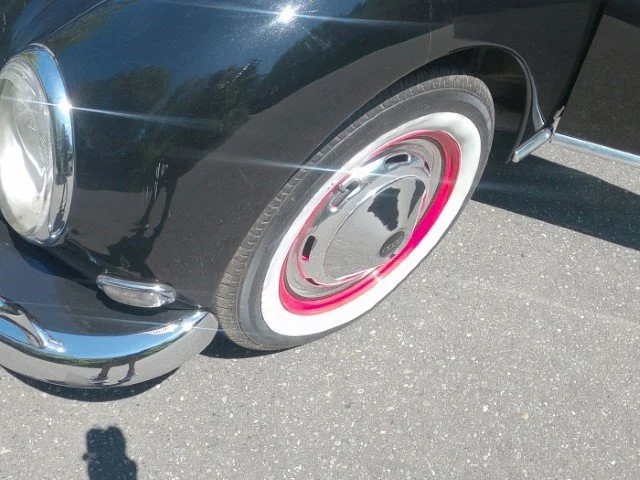 Image 1 of 46
Image 1 of 46

 Image 2 of 46
Image 2 of 46

 Image 3 of 46
Image 3 of 46

 Image 4 of 46
Image 4 of 46

 Image 5 of 46
Image 5 of 46

 Image 6 of 46
Image 6 of 46

 Image 7 of 46
Image 7 of 46

 Image 8 of 46
Image 8 of 46

 Image 9 of 46
Image 9 of 46

 Image 10 of 46
Image 10 of 46

 Image 11 of 46
Image 11 of 46

 Image 12 of 46
Image 12 of 46

 Image 13 of 46
Image 13 of 46

 Image 14 of 46
Image 14 of 46

 Image 15 of 46
Image 15 of 46

 Image 16 of 46
Image 16 of 46

 Image 17 of 46
Image 17 of 46

 Image 18 of 46
Image 18 of 46

 Image 19 of 46
Image 19 of 46

 Image 20 of 46
Image 20 of 46

 Image 21 of 46
Image 21 of 46

 Image 22 of 46
Image 22 of 46

 Image 23 of 46
Image 23 of 46

 Image 24 of 46
Image 24 of 46

 Image 25 of 46
Image 25 of 46

 Image 26 of 46
Image 26 of 46

 Image 27 of 46
Image 27 of 46

 Image 28 of 46
Image 28 of 46

 Image 29 of 46
Image 29 of 46

 Image 30 of 46
Image 30 of 46

 Image 31 of 46
Image 31 of 46

 Image 32 of 46
Image 32 of 46

 Image 33 of 46
Image 33 of 46

 Image 34 of 46
Image 34 of 46

 Image 35 of 46
Image 35 of 46

 Image 36 of 46
Image 36 of 46

 Image 37 of 46
Image 37 of 46

 Image 38 of 46
Image 38 of 46

 Image 39 of 46
Image 39 of 46

 Image 40 of 46
Image 40 of 46

 Image 41 of 46
Image 41 of 46

 Image 42 of 46
Image 42 of 46

 Image 43 of 46
Image 43 of 46

 Image 44 of 46
Image 44 of 46

 Image 45 of 46
Image 45 of 46

 Image 46 of 46
Image 46 of 46















































1959 Auto Union 3=6
VIN:
Odometer: 07872
Engine: 896cc I3 (two-stroke)
Trans.: 4-spd Manual (column)
The 3=6 was a German vehicle produced from 1953 through 1959 by the DKW division of Auto Union, the present day Audi. The name denotes the comparison of the 3-cylinder, two-stroke engines vs. the 6-cylinder, four-stroke engines that were becoming more popular. In the U.S., these cars were known as the DKW 900 which signified the engine size.
These vehicles feature a front-wheel drive system with the engine mounted inline with the car. The radiator in installed between the engine and the passenger compartment. This design eliminated the big driveline tunnels and seemingly expanded the size of the interior cabin area.
This 1959 3=6 is an F93 "pillarless" coupe model. It is very original and solid with no rust visible anywhere. The paintwork is very well kept and free of damage. The 3-piece wrap-around rear window gives a very scenic view from any angle of the interior. The interior, itself, is very clean also and the dashboard instruments could be displayed in a museum of modern art (MOMA).
These 3=6's are very rare and collectable. They're significant enough that Audi Tradition maintains a DKW 3=6 in their fleet of museum vehicles that are occasionally brought out on historical motoring events.
VIN:
Odometer: 07872
Engine: 896cc I3 (two-stroke)
Trans.: 4-spd Manual (column)
The 3=6 was a German vehicle produced from 1953 through 1959 by the DKW division of Auto Union, the present day Audi. The name denotes the comparison of the 3-cylinder, two-stroke engines vs. the 6-cylinder, four-stroke engines that were becoming more popular. In the U.S., these cars were known as the DKW 900 which signified the engine size.
These vehicles feature a front-wheel drive system with the engine mounted inline with the car. The radiator in installed between the engine and the passenger compartment. This design eliminated the big driveline tunnels and seemingly expanded the size of the interior cabin area.
This 1959 3=6 is an F93 "pillarless" coupe model. It is very original and solid with no rust visible anywhere. The paintwork is very well kept and free of damage. The 3-piece wrap-around rear window gives a very scenic view from any angle of the interior. The interior, itself, is very clean also and the dashboard instruments could be displayed in a museum of modern art (MOMA).
These 3=6's are very rare and collectable. They're significant enough that Audi Tradition maintains a DKW 3=6 in their fleet of museum vehicles that are occasionally brought out on historical motoring events.
VIN:
Odometer: 07872
Engine: 896cc I3 (two-stroke)
Trans.: 4-spd Manual (column)
The 3=6 was a German vehicle produced from 1953 through 1959 by the DKW division of Auto Union, the present day Audi. The name denotes the comparison of the 3-cylinder, two-stroke engines vs. the 6-cylinder, four-stroke engines that were becoming more popular. In the U.S., these cars were known as the DKW 900 which signified the engine size.
These vehicles feature a front-wheel drive system with the engine mounted inline with the car. The radiator in installed between the engine and the passenger compartment. This design eliminated the big driveline tunnels and seemingly expanded the size of the interior cabin area.
This 1959 3=6 is an F93 "pillarless" coupe model. It is very original and solid with no rust visible anywhere. The paintwork is very well kept and free of damage. The 3-piece wrap-around rear window gives a very scenic view from any angle of the interior. The interior, itself, is very clean also and the dashboard instruments could be displayed in a museum of modern art (MOMA).
These 3=6's are very rare and collectable. They're significant enough that Audi Tradition maintains a DKW 3=6 in their fleet of museum vehicles that are occasionally brought out on historical motoring events.
DISCLAIMER
The price for this vehicle as equipped does not necessarily have an expiration date and does not include charges such as: License, Title, Registration Fees, State or Local Taxes, Finance Charges, or a negotiable $150 Documentary Service Fee.